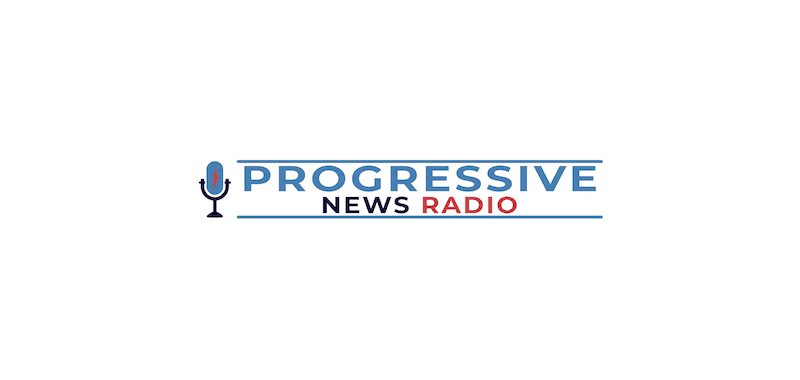The first classification of primary headaches was developed in 1962 by the Ad Hoc Committee, a group of neurologists with a special interest in migraine. They correctly classified primary headaches, as per the published data, into:
- Vascular headache of the migraine type
- Muscle contraction headache
- Mixed muscular/vascular headache
The different types of primary headaches were classified according to the anatomical structure from which the pain originates. Therefore, one had to examine the patient to determine where the pain originated, and one could then direct the treatment at the pain source, whether it be the arteries, the muscles, or, as is frequently necessary, both.
In 1985, however, the International Headache Society decided to improve on the Ad Hoc Committee’s classification. They appointed a panel of headache specialists, led by Professor Jes Olesen, to compile a new classification.
This classification, called the International Classification of Headache Disorders (ICHD), is now accepted worldwide as the “gold standard.” Specialist headache journals only accept papers if the cohorts have been selected according to the ICHD criteria. As a result, not only is all migraine treatment based on the ICHD, but all migraine research is also based on it.
In this communication, I expose the fatal flaws in the ICHD, which is a tragic fiasco—tragic because since the adoption of this classification in 1988, it has severely retarded migraine research. As a result, countless millions of migraine sufferers have received the wrong or inadequate treatment, continuing to suffer unnecessarily.
According to the ICHD, the following criteria must be used to diagnose migraine:
A. Number of attacks: At least five attacks
B. Duration of attacks: Should last between 4-72 hours
C. Pain characteristics: At least two of the following should be present
- Pain should be pulsating or throbbing
- Pain should be unilateral
- Moderate to severe pain intensity
- Aggravation of pain by routine physical activity, such as walking up stairs
D. Associated symptoms: At least one of the following is required
- Nausea and/or vomiting
- Photophobia plus phonophobia
There is, however, no evidence to support the inclusion of any of these criteria for the diagnosis of migraine. The ICHD-3 bibliography contains 13 references, 12 of which have absolutely nothing to do with the diagnostic criteria for migraine.
Only one pertinent reference relates to unilateral headache. This paper, written by Professor Olesen, the chairman of the Classification Committee from 1985 until after the publication of the ICHD-3 in 2018, reported that the pain was unilateral in 56 percent and bilateral in 44 percent of migraineurs.
A major concern, however, is that one of the criteria used to choose the 750 migraineurs in Professor Olesen’s study was unilateral pain. This means there was a built-in bias favoring unilaterality in the sample, and even despite this violation of the principle of random selection, only slightly more patients had unilateral pain than bilateral pain.
Several other studies, conducted before the ICHD was first published, also presented measurable, repeatable, independently verifiable data showing that unilaterality is not a reliable criterion for diagnosing migraine.
The data, therefore, diametrically oppose the inclusion of unilaterality as a diagnostic criterion for migraine.
A second major concern is the inclusion of “pulsation” as a criterion for migraine. “Pulsating” is defined in the ICHD-2 as “throbbing or varying with the heartbeat,” but in 2010, it was shown that the rate of throbbing in migraine does not correlate to the pulse rate. Inexplicably, throbbing headache correlating with the pulse rate is still a criterion for migraine diagnosis in the ICHD-II.
In the preface to the ICHD-1, it actually stated, “It should be pointed out that many parts of the document are based on the experience of the experts of the committees in the absence of published evidence.”
Professor Olesen himself admitted in a paper published in 1994 that the IHS diagnostic criteria are “based on opinions” and are “not based on empiric data.”
Professor Olesen also wrote, “The IHS headache classification system emphasizes headache diagnosis, which is ideally related to the underlying biology of these disorders.” In the ICHD, the criteria for diagnosing migraine are based entirely on symptoms and are not related in any way to the underlying biology. The underlying biology is never mentioned.
To sum up, for most of the criteria used to diagnose migraine—i.e., number of attacks, duration of attacks, pain intensity, aggravation of pain with mild exercise, photophobia, phonophobia, and nausea and vomiting—the ICHD-3 provides no supporting data. For those criteria where data do exist—i.e., unilateral pain and pulsatile pain—the data actually contradict their inclusion as diagnostic criteria for migraine.
The ICHD is no more than an extension of Galen’s original description of migraine, which is purely a description of the symptoms. This may have been acceptable in 100 AD, but in the 21st century, it is an anachronism that has retarded our understanding not only of migraine but also of other primary headaches.
Research into new migraine medications since 1988 has been severely compromised, as they are frequently being tested on the wrong people. The result has been that the effectiveness of migraine medications has been compromised, and countless millions of sufferers continue to have their quality of life tragically and unnecessarily destroyed.
The first, second, and third editions of the ICHD combined contain many references in the migraine section. The significance of these references is not clear, though, as they are not, as in any scientific publication, numerically correlated with the text. In addition, the references in the bibliography are devoid of any data supporting the selection of the classification criteria.
For the sake of the countless migraineurs, the ICHD must be discarded as soon as possible!
Elliot Shevel is an oral maxillofacial surgeon and headache specialist.


